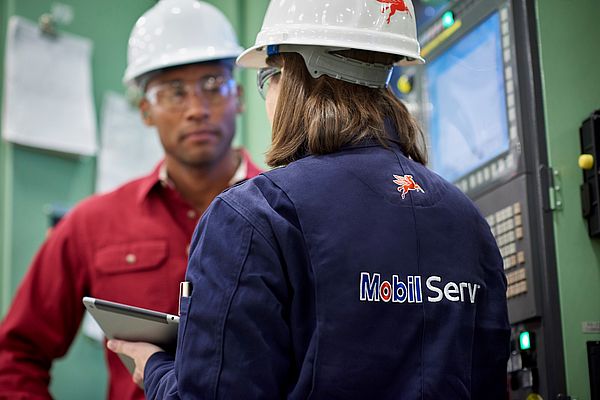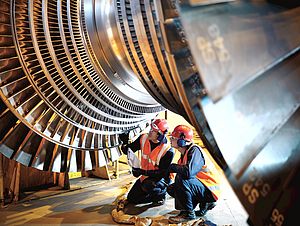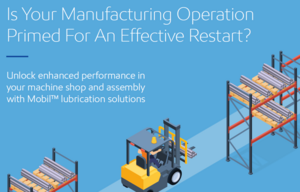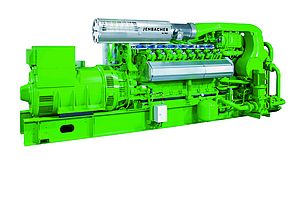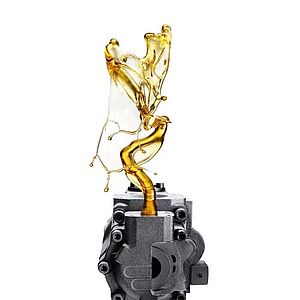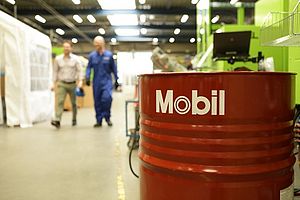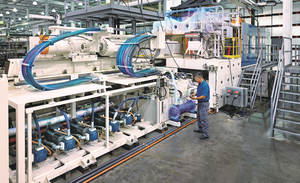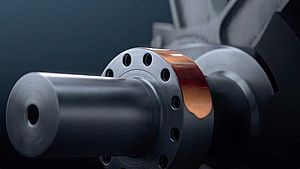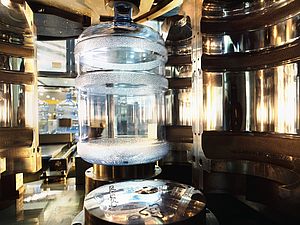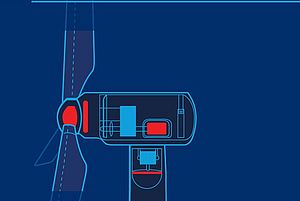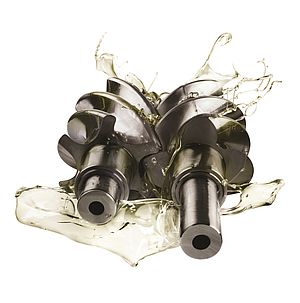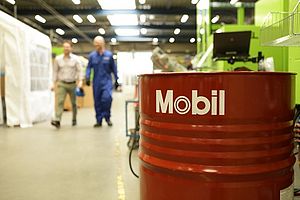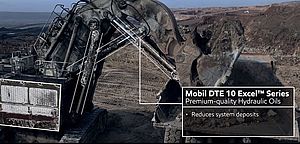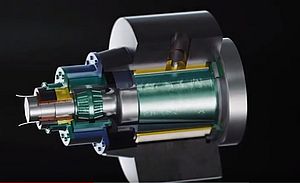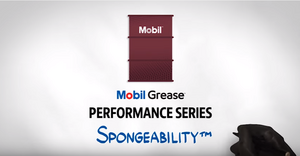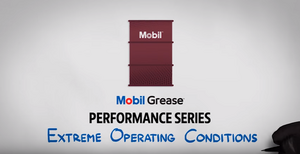The manufacturing industry has been hit hard by COVID-19 stoppages. Operators have been forced to decommission valuable equipment for unspecified periods, exposing it to very real maintenance threats. Whilst machines have idled, chemical reactions promoted by moisture and contaminants have still been at work, increasing the risk of rust and corrosion. Coming out of lockdown, premium quality lubricants and greases can play an important role in reducing the effects of such damage, alongside vigilant maintenance practices.
With the start-up process now underway, here are 10 learnings from the field that ExxonMobil engineers are sharing with customers to help ensure machinery is protected and primed.
1. Conduct overall system check
Inspect the equipment from a lubrication perspective for any signs of contamination or oil leaks. If it is a large lubricating system, consider taking an oil sample for analysis before restarting, in case any corrective action is required.
2. Remove any rust preventatives from equipment
Use a suitable solvent.
3. Remove any water from bottom of oil reservoirs
If a system has been left to stand, free water may have separated from the oil and settled at the bottom of systems. Open the lowest drain valve point to remove any free water. Wipe all accessible surfaces clean. Remove any bacterial growth.
4. Drain and fill with fresh oil if necessary
When draining the oil prior to a refill, always check that any dead areas in the system have also drained. Before re-commissioning, check oil is at normal levels.
5. Check seals and access covers
Any areas for potential ingress such as seals, dipsticks, and access covers should be checked for contamination.
6. Monitor equipment leaks
Pay particular attention to seals which may have been compromised after being left static for an extended period.
7. Only use heaters when oil is circulating
If a system operates with heaters, in start-up they should only be turned on when the oil is already circulating. This ensures that static oil is not exposed to high localised temperature.
8. Purge grease lubricated bearings with fresh grease
Before re-commissioning, bearings should be re-filled with fresh grease and then allowed to purge by removing grease nipples or purge plugs.
9. Drain and replace engine oil
For those engines that have been idle for some time, drain the oil and replace with fresh. Change the oil filter(s). Start operations under low load and bring slowly up to normal operating temperature.
10. Ensure thorough documentation and take representative oil samples
All actions taken during start-up should be recorded in maintenance manuals. After operating equipment for several hours, take a good representative oil sample. Send it to a specialist used oil analysis laboratory, such as Mobil ServSM Lubricant Analysis, to confirm the condition of the oil, system and contaminants.
Place your trust in expert support
The choices being made today, and in the weeks to come, will have an enduring impact on business performance. This places significant pressure on internal decision makers in the face of unprecedented challenges. Collaboration can be the key to finding practical solutions fast, allowing operators to re-start their businesses efficiently. ExxonMobil’s Field Engineering team is highly skilled in working with manufacturing operations – both onsite and virtually – to develop tailored Mobil™ lubrication solutions that offer peace-of-mind at every stage of production. To find out more, visit www.global.mobil.com or contact thd@exxonmobil.com.
In case your operation still faces a shutdown scenario, please refer to ExxonMobil’s recommendations for protecting industrial equipment during shutdown, available to download here



